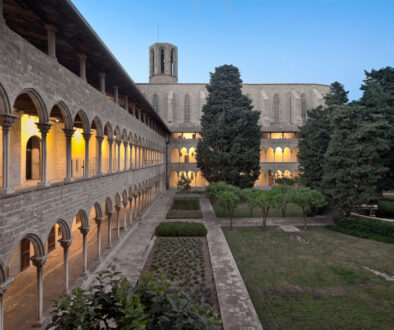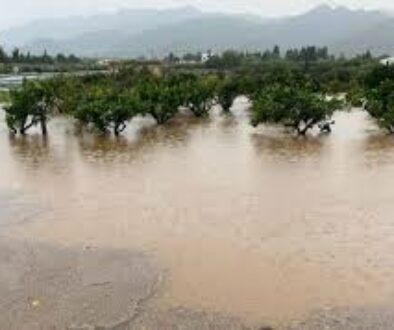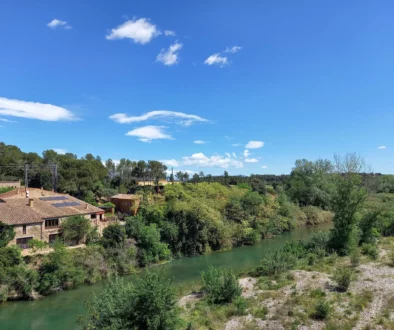Culture and wetlands in the Mediterranean: an evolving story
Papayannis, Thymio; Pritchard, Dave (eds.)2011
This book is the result of a project carried out by the Mediterranean Institute on Nature and Anthropos concerning mainly the implementation in the Mediterranean Region of the Ramsar Guidance on Culture and Wetlands (2008). It includes contributions from 32 authors from 16 countries, dealing with 20 wetland sites. Introduction and Chapter 1 set the background of efforts to incorporate culture in wetland management and provide general guidance. Chapter 2 deals with human habitation related to wetlands, i.e. archaeological sites and historic buildings, as well as cultural landscapes. Chapter 3 examines the primary uses of wetland resources and in particular agriculture and stockbreeding, fishing and aquaculture, hunting, salt extraction and the use of water. The secondary uses of wetland resources are dealt in Chapter 4 and concern food processing, craftsmanship, traditional building construction, tourism, leisure and sports as well as festivals, celebrations and events. Chapter 5 examines knowledge, belief systems and social practices and specifically scientific research and education, traditional knowledge, spirituality and belief systems in the North and South of the Mediterranean Basin, and aesthetics and artistic expression. Finally, Chapter 6 includes the lessons learned and the perspectives for the use of new knowledge and international support for a more integrated future.
Reference
MedWet. Papayannis, Thymio; Pritchard, Dave (eds.). Culture and wetlands in the Mediterranean: an evolving story [On-line]. Athens: Med-INA, 2011. 438 pp. ISBN: 978-960-89972-2-6. <http://medwet.org/2011/11/culture-and-wetlands-in-the-mediterranean-an-evolving-story/> [Consulted: 4 September 2012].




